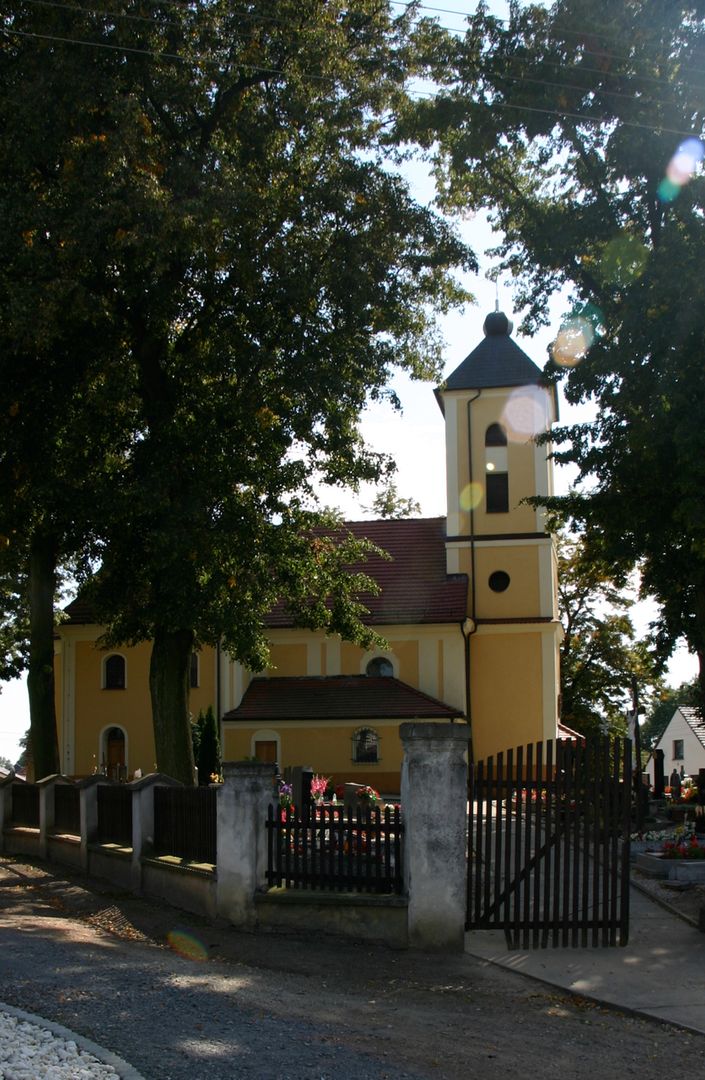Gostomia
6.1

Overview
Gostomia, also known by its German name Simsdorf, is a village in the Opole Voivodeship, located in the municipality of Biała, within the Biała Upland. Historically part of Upper Silesia, it was first mentioned in 1233. The village has a rich history, having been under various administrations, including the Habsburg Monarchy and the Kingdom of Prussia. The Church of the Guardian Angels, built in 1788, is a significant architectural landmark, alongside an 18th-century Dutch-style windmill—both are listed as heritage monuments. The village retains characteristic folk architecture and traditional houses. With a population of around 450 people according to 2011 data, Gostomia is inhabited by a German minority and Silesians who speak the Prudnik dialect. The German Circle of Friendship operates in the village, enriching local culture and fostering international integration. Gostomia’s history is also tied to political events, such as the 1921 Upper Silesia plebiscite, in which 79.9% of the local votes were in favor of joining Germany. The village is also a place of remembrance: in the 1920s, a monument was erected to honor residents who died in World War I, and in 1991, another was dedicated to the victims of World War II. Interestingly, Gostomia has its own 18th-century seal, and due to its location in a border zone, the area is subject to special security regulations. The village also attracts tourists with its cycling routes, and a local branch school highlights its commitment to education. A place that honors local heroes like Filip Robota and preserves its cultural heritage, Gostomia is a vivid example of the complex history and social diversity of the region.
Location
City
Biała Deanery
Tertiary Administrative Division
White
County
Prudnik County
State
Opolskie Voivodeship
Country
2025 Wizytor | All Rights Reserved